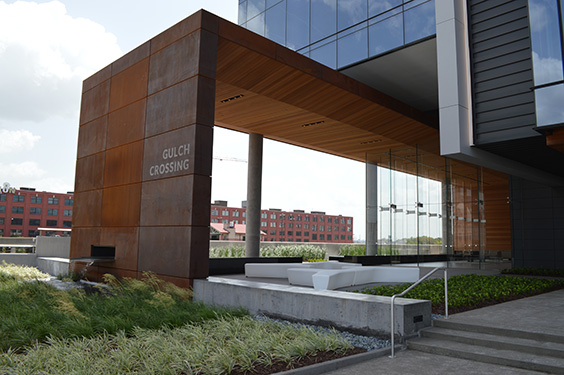
Imagine a Day without Water: Water Conservation and Sustainable Practices
As engineers, architects, and designers consider how to manage water usage for building development, there are several industry-wide rating systems in place that encourage water conservation. The Leadership in Energy and Environmental Design (LEED) Green Building Rating System is one rating system that places a high priority on water use reduction and conservation. Hannah Walter, PE, LEED AP ID+C, WELL AP, building performance engineer at SSR, says the LEED system emphasizes water quantity; that is, the amount consumed and how the water is treated after use. Facilities that prioritize high-efficiency indoor water fixtures, irrigation systems, and low-impact design strategies for rainwater that overall contribute to reductions in water usage will receive more points towards their whole-building certification. These systems can include low flush and flow rate fixtures as well as rainwater or HVAC condensate collection and reuse on-site or in the project building, such as to flush toilets or landscape irrigation.
Another Green Building Rating System leading the way is Living Building Challenge, a certification for projects that are net-positive or regenerative for water usage. This means utilizing every drop of water that falls on-site, as well as treating the water after it is used so that it can be reused within the project. Future-focused and community-centered, the Living Building Challenge looks at the entire water life cycle and explores ways to treat wastewater and collect rainfall in a way that captures and retains resources.







